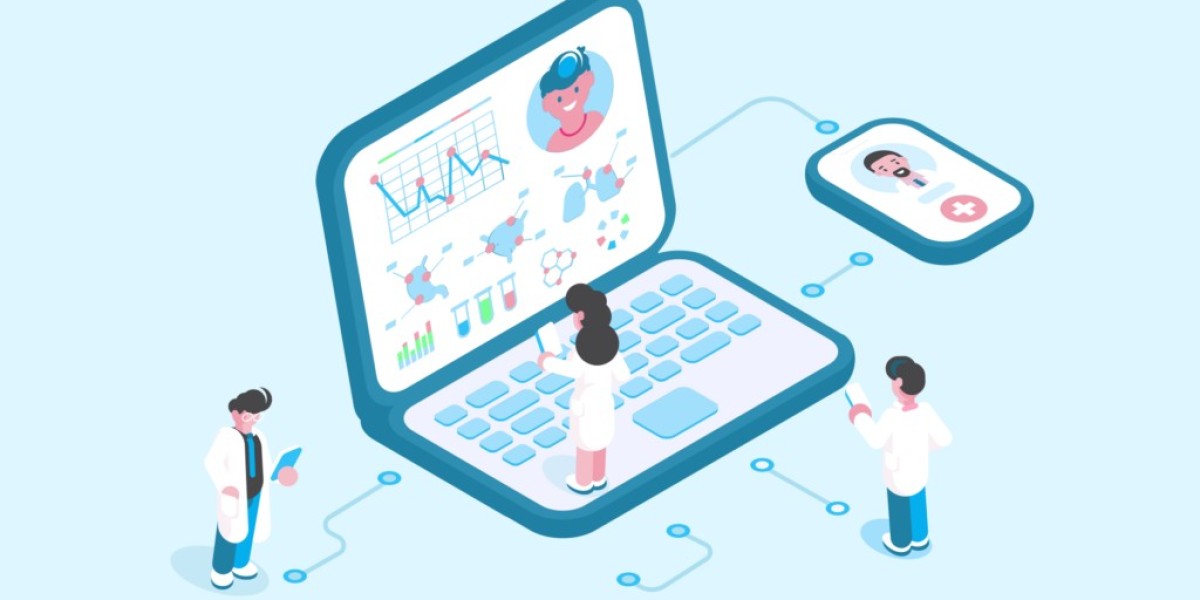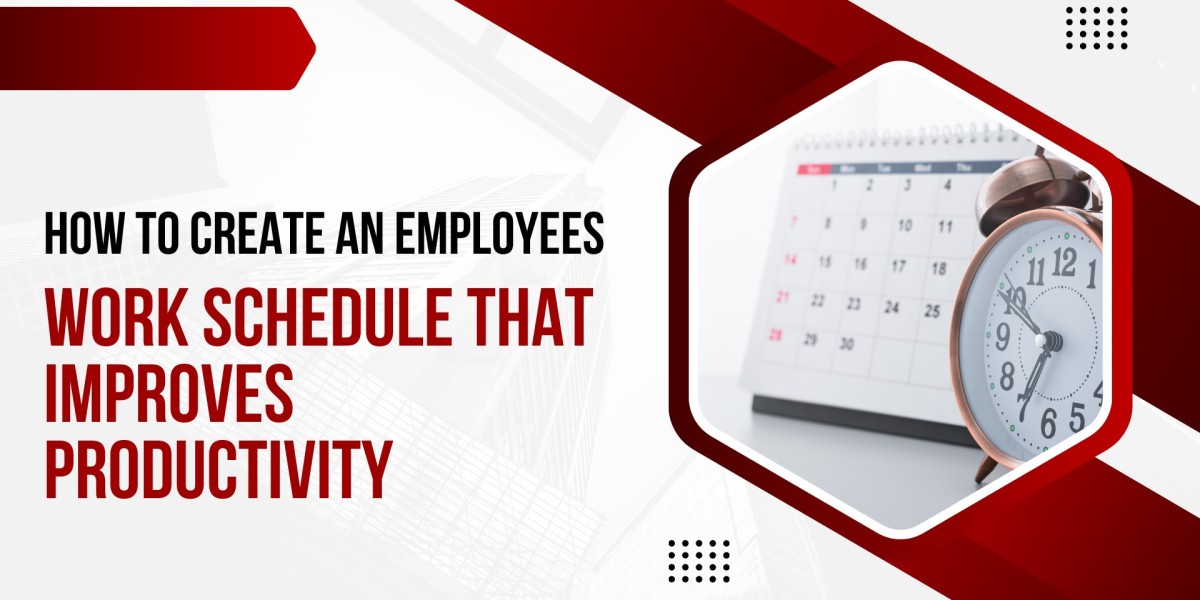The Future of Well-being: A Guide to Mental Health App Development
In an era where digital solutions are transforming every aspect of our lives, mental health care is no exception. With rising awareness about mental well-being and the growing demand for accessible mental health support, mental health app development has emerged as a powerful tool in bridging the gap between people and professional help.
Whether you're a tech entrepreneur, a healthcare provider, or a developer looking to make an impact, understanding the intricacies of building a mental health app is essential. This blog will guide you through the key considerations, features, challenges, and opportunities in developing a mental health app that truly makes a difference.
Why Mental Health Apps Matter
Mental health disorders affect 1 in 4 people globally at some point in their lives. Despite this, stigma, lack of access, and affordability still prevent many from getting the help they need. Mobile apps offer a discreet, flexible, and often cost-effective way to provide support, track mental health, and encourage positive behavioral changes.
Popular apps like Calm, Headspace, and BetterHelp have demonstrated the effectiveness and market potential of digital mental health solutions. But there’s still room—and a need—for innovation, especially with AI-driven personalization, cultural inclusivity, and accessibility.
Types of Mental Health Apps
When planning development, it's important to define the type of mental health app you want to build. Common categories include:
Self-help apps: Focus on stress relief, meditation, or cognitive behavioral techniques.
Therapy platforms: Connect users to licensed therapists via chat, voice, or video.
Mood tracking apps: Allow users to log emotions, sleep, and activities to identify patterns.
Community-based apps: Foster peer support through forums and group chats.
Crisis support apps: Provide emergency contact information and real-time help for users in distress.
Key Features to Include
A successful mental health app must be user-friendly, empathetic, and secure. Here are some essential features to consider:
User Onboarding
Easy registration with optional anonymity builds trust from the start.Mood Tracking
Daily logs, emotion charts, and journaling help users monitor their mental state.Therapist or Coach Integration
Real-time communication with professionals increases user engagement and outcomes.AI-Powered Chatbots
Provide 24/7 support, guided exercises, or even basic CBT (Cognitive Behavioral Therapy) interactions.Push Notifications
Gentle reminders for mindfulness exercises or appointments.Resource Library
Articles, videos, and audio tools for self-guided mental health education.Emergency Protocols
Quick access to hotlines or safety plans during crisis moments.Data Privacy and Security
HIPAA, GDPR, and other compliance standards must be met to protect user data.
Development Considerations
Building a mental health app isn’t just about tech—it's about responsibility. Here’s what you need to keep in mind:
1. User-Centric Design
Mental health apps must prioritize empathy and simplicity. Avoid cluttered interfaces and ensure emotional safety through calming colors, intuitive UX, and supportive language.
2. Clinical Validation
Involving licensed mental health professionals ensures that the app’s content and features are evidence-based and ethically sound.
3. Regulatory Compliance
Depending on the functionality, especially if diagnosing or providing therapy, your app may need to comply with:
HIPAA (US)
GDPR (EU)
FDA (for digital therapeutics)
4. Data Security
Mental health data is extremely sensitive. Encryption, secure servers, and user consent policies are non-negotiable.
5. Monetization Strategy
Consider models such as:
Freemium with in-app purchases
Subscription-based
B2B partnerships with employers or insurance companies
Challenges in Mental Health App Development
Despite the opportunities, developers must navigate a few complex challenges:
Building user trust in sensitive digital platforms
Avoiding misinformation and unverified advice
Balancing automation (e.g., chatbots) with real human connection
Maintaining long-term user engagement
Ensuring inclusivity across cultural, age, and gender spectrums
Final Thoughts
The potential to improve lives through mental health apps is enormous—but with great potential comes great responsibility. Successful mental health app development requires a thoughtful blend of technology, psychology, and design thinking. By focusing on empathy, safety, and clinical integrity, you can build a tool that not only scales but truly supports users in their mental health journey.
Whether you're just brainstorming or ready to launch, remember: you're not just building an app—you’re contributing to a healthier, more connected world.







